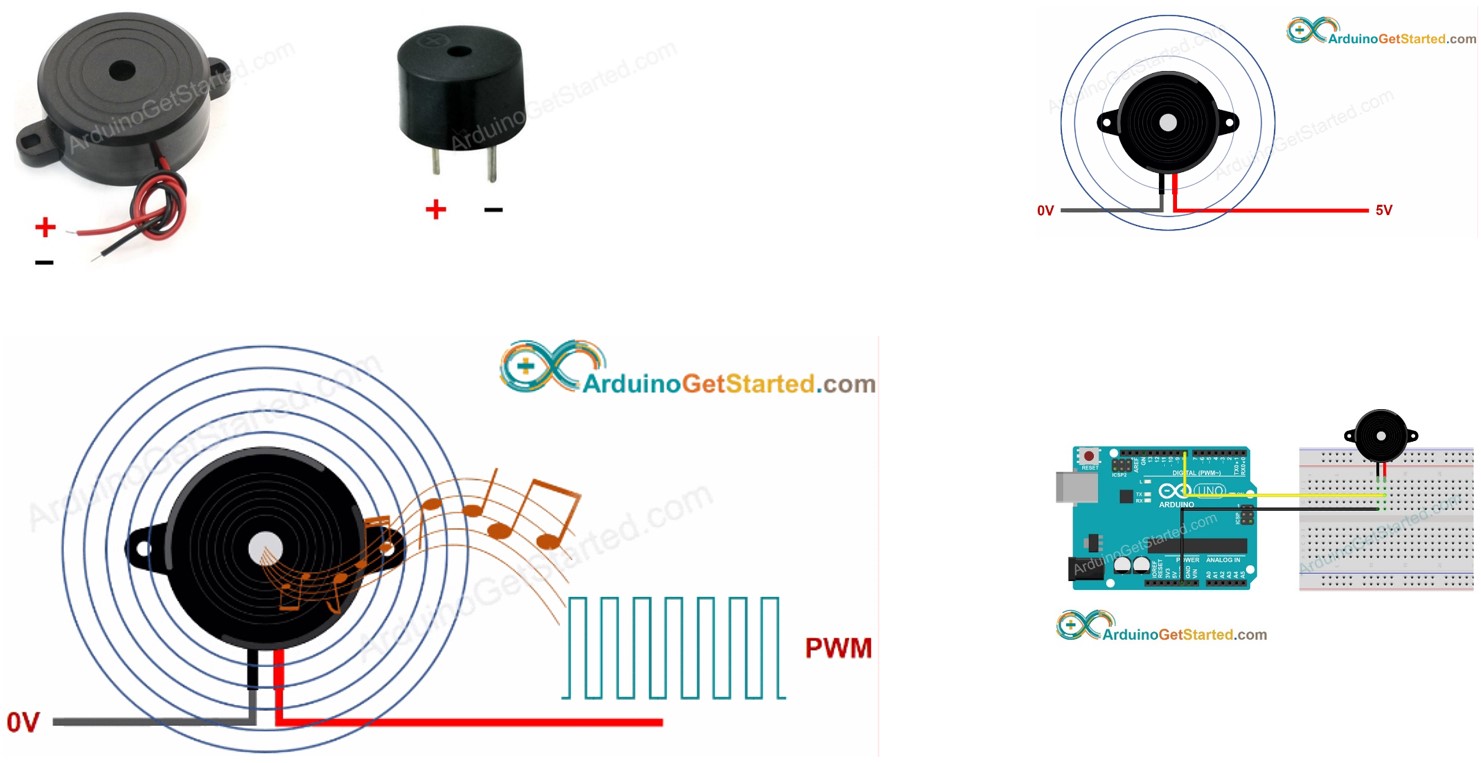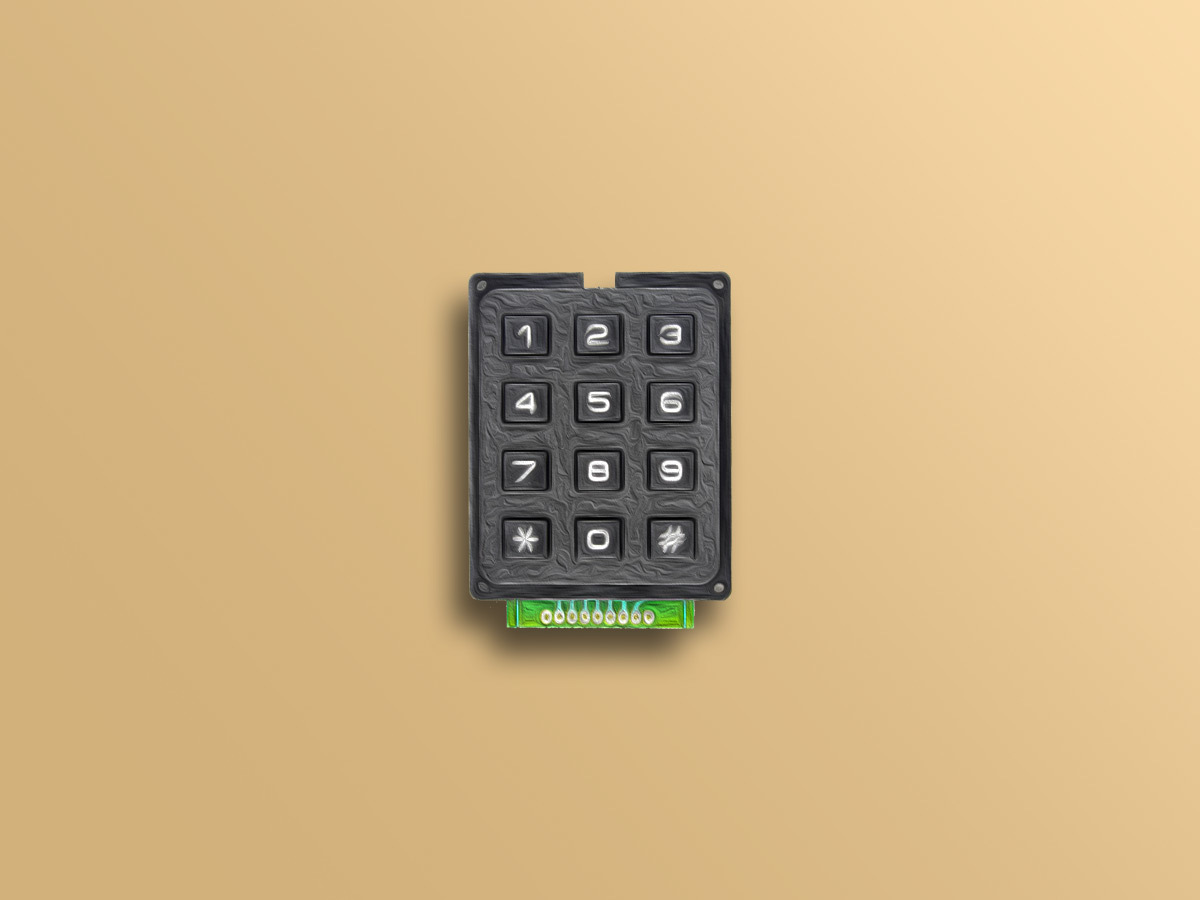
A thin ring of double-sided adhesive tape can achieve this. There are two standard ways of mounting a piezo, and they are called either edge-mounting or nodal-mounting.Įdge mounting is pretty self-explanatory, it is when you mount the piezo by holding onto its edge. Obviously, if you glue the entire piezo to the mounting surface, it won’t be able to vibrate, and you’ll get no sound. These un-mounted piezos have to be mounted on something, and consideration about the vibrational aspects of the piezo have to be taken into account. You can also see the third feedback lead (yellow wire connecting to “broom” shape on piezo). The volume can be controlled with a simple RC low pass filter and PWM signal as shown in the circuit diagram below.Ī piezoelectric “bender” style speaker mounted in a Aura BR-AU-109B smoke alarm. One disadvantage of buzzers is that you can’t change the tone of the sound.

#Safe current for arduino piezo how to
How To Drive A Buzzerīuzzers (or internally driven piezo’s), contain internal drive circuitry, and only require a DC voltage to run. The benefit of self-driven piezos is that they are naturally driven at their resonant frequency, at where you get the highest SPL (volume). They are sometimes called “self-driven” piezos and are designed to be connected to a “self-drive circuit”. Some piezos have a third lead, also called the feedback electrode 1. How To Drive Piezos With Feedback (3-lead)
#Safe current for arduino piezo driver
The inductance does not matter to much, something in the range of 10-50mH seems to give the best results with most piezos.Ī non-standard and slightly convoluted method for driving a Piezo speaker using a half-bridge driver IC. The frequency of the PWM controls the pitch of the sound, the duty cycle controls the volume. Make sure the BJT has a collector-emitter breakdown voltage high enough to withstand this! The piezo can be driven to around 40-60V with a 5V supply. When the transistor is switched off, the inductor creates a large voltage spike which excites the piezo speaker.

When the NPN BJT is switched on, the current builds up through the inductor and energy is stored in it’s magnetic field. How To Drive A 2-lead PiezoĪn easy and loud way to drive a 2-lead (or pin) piezoelectric speaker is with an inductor in parallel with the piezo and a NPN BJT acting as a switch.

Most piezoelectric speakers have a resonant frequency in the range of 2-4kHz, one of the reasons being this is the range is which audio is most easily heard by humans 1. The frequency response of a piezo speaker with a resonant frequency of 4kHz.


 0 kommentar(er)
0 kommentar(er)
